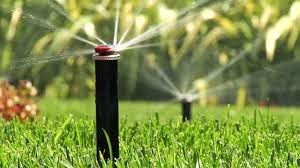Spring has sprung, and I'm loving it!
 |
| Earthlings office garden with Plum in full bloom! (Just waiting for annuals... can't wait! ) |
 |
| Tulips |
There are many plants that make the garden sparkle this time of year. Because we have long winters, spring flowers seem to be the most anticipated, and can be incorporated in your landscape plan.
Spring bulbs give color almost immediately once the ground
begins to thaw.
 |
| Ornamental Onion |
Some favorites are grape hyacinth, daffodils, and of course
tulips. Planting these bulbs in the fall will give color in the spring and fill
spaces in the landscape until the perennials and shrubs start coming in.
 |
| Bonfire Cushion S |
Spring color comes from perennials too. These perennials
such as Cushion Spurge, Moss Phlox, Bergenia, Siberian Bugloss, Prairie Crocus,
Snow Drop Anemone, and Iris really pop in the spring.
This time of year Apples and Mayday trees are in full bloom
and fill the air with their sweet fragrance. Some of my favorite spring flowering
shrubs are spireas. The Bridal Wreath Spirea has long arching branches covered
in white blossoms. Lilacs are another spring favorite with many varieties
blooming from early to late spring.
Share your spring flowers this spring on our FACEBOOK Page –
Earthlings inc. –
I would love to see what’s blooming J
Happy Gardening,
Kirsten Hironaka





























